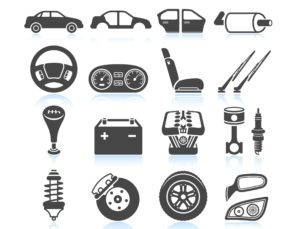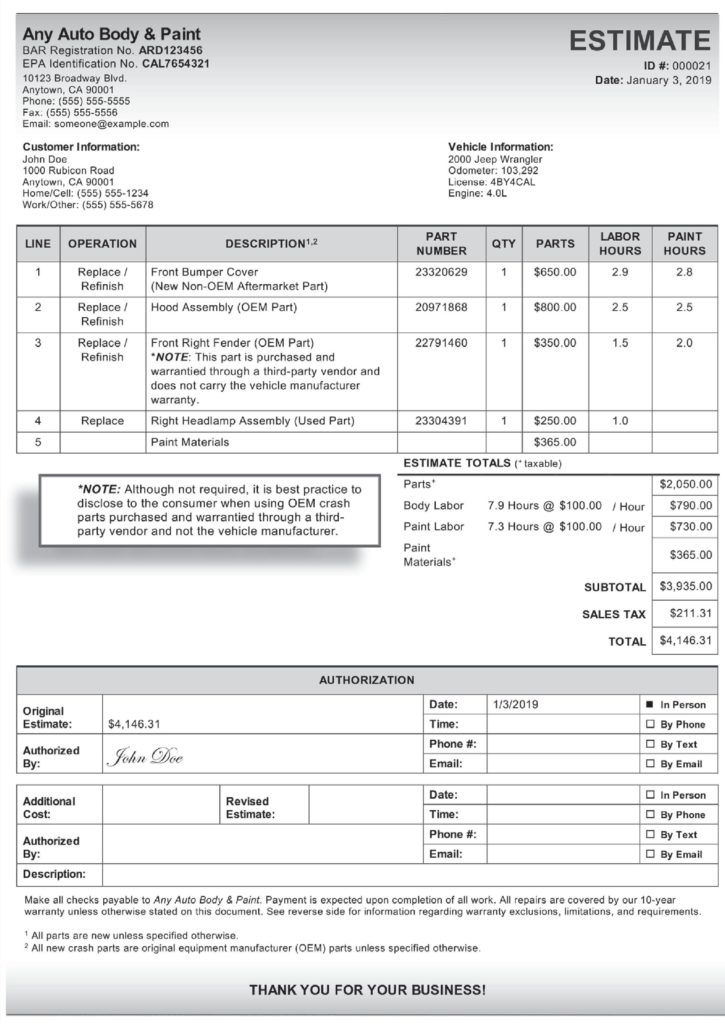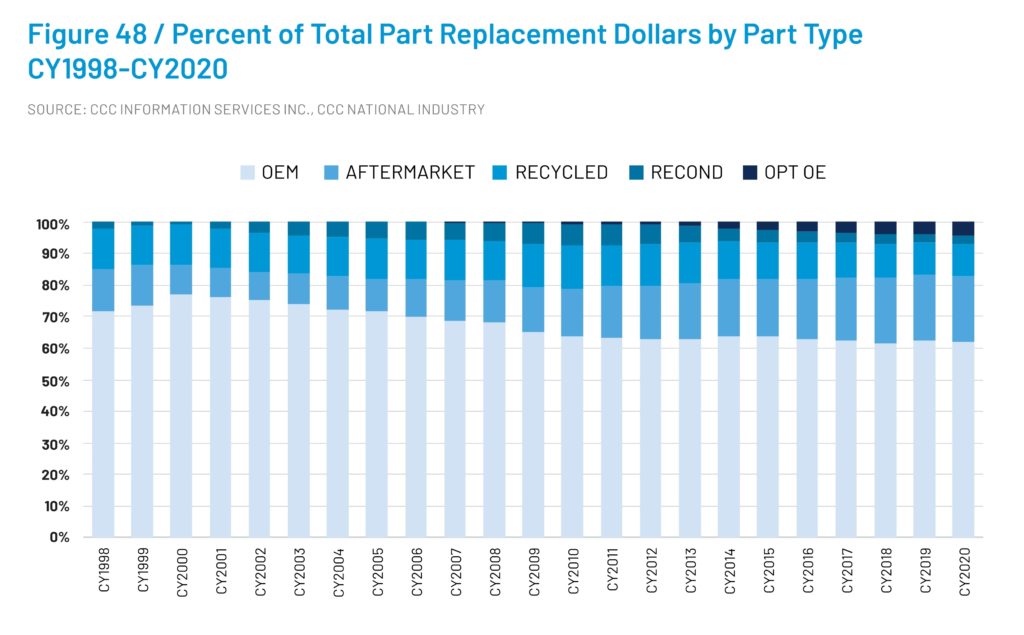
BAR reminds auto body shops about Calif. parts terminology
By onBusiness Practices | Education | Legal | Market Trends | Repair Operations | Technology
California Bureau of Automotive Repair Executive Director Patrick Dorais on Thursday reminded the collision industry about California’s requirements on part type disclosure — rules which exclude a variety of terms floating around in the collision industry.
Dorais told a VeriFacts Guild 21 webinar “the default” in California was a new OEM crash part unless the component was specifically identified as non-OEM.
“In addition, each new replacement crash part listed in an auto body or collision repair estimate must be an OEM crash part unless specifically identified as a non-OEM aftermarket crash part.,” the BAR’s “Write it Right” estimating guide states. “Descriptors like Opt-OEM, Alt-OEM, OEM-Surplus, Like Kind Quality, Quality Replacement Part, and similar designations do not satisfy this requirement.”
Dorais said while other descriptors exist, “they’re not recognized in California,” and BAR expected shops to “hold the line” on the issue.
California Business and Professions Code 9884.9(c) states:
In addition to subdivisions (a) and (b), an automotive repair dealer, when doing auto body or collision repairs, shall provide an itemized written estimate for all parts and labor to the customer. The estimate shall describe labor and parts separately and shall identify each part, indicating whether the replacement part is new, used, rebuilt, or reconditioned. Each crash part shall be identified on the written estimate and the written estimate shall indicate whether the crash part is an original equipment manufacturer crash part or a nonoriginal equipment manufacturer aftermarket crash part.
California Code of Regulations 16 CCR 3353(b) states:
Estimate for Auto Body or Collision Repairs. Every automotive repair dealer, when doing auto body or collision repairs, shall give to each customer an itemized estimate containing the estimated price for parts and labor for a specific job. Parts and labor shall be described separately and each part shall be listed in the estimate. Each part listed in the estimate shall be new unless specifically identified as a used, rebuilt or reconditioned part. Each new replacement crash part listed in the estimate shall be an original equipment manufacturer (OEM) part unless specifically identified as a non-OEM aftermarket crash part.
Dorais showed a “Write it Right” example of how to properly list parts on a collision repair estimate.
The sample estimate lists a “New Non-OEM Aftermarket Part” front bumper cover, an “OEM Part” hood assembly, a “Used Part” right headlamp assembly. It also mentions an “OEM Part” front right fender — which is accompanied by a notation declaring, “This part is purchased and warrantied through a third-party vendor and does not carry the vehicle manufacturer warranty.”
“Although not required, it is best practice to disclose to the consumer when using OEM crash parts purchased and warrantied through a third-party vendor and not the vehicle manufacturer,” the “Write it Right” guide advises.
Dorias pointed out the “really descriptive phrases” and said the sample was meant to show the importance of “transparent communication and dialogue” with customers. This would “get us (the BAR) out of your shops,” he said.
The next VeriFacts Guild 21 call will take place May 13 at 2 p.m. ET.
More information:
Bureau of Automotive Repair “Write it Right”
Bureau of Automotive Repair, February 2019
Images:
The California Bureau of Automotive Repair in a February 2019 “Write it Right” provided this estimate to demonstrate compliance with the state’s part identification rules. (Provided by the BAR)
The California Bureau of Automotive Repair only lets shops use certain terms to describe auto body parts. (bubaone/iStock)
Data on the types of parts classifications found on CCC estimates over time. (Provided by CCC)


